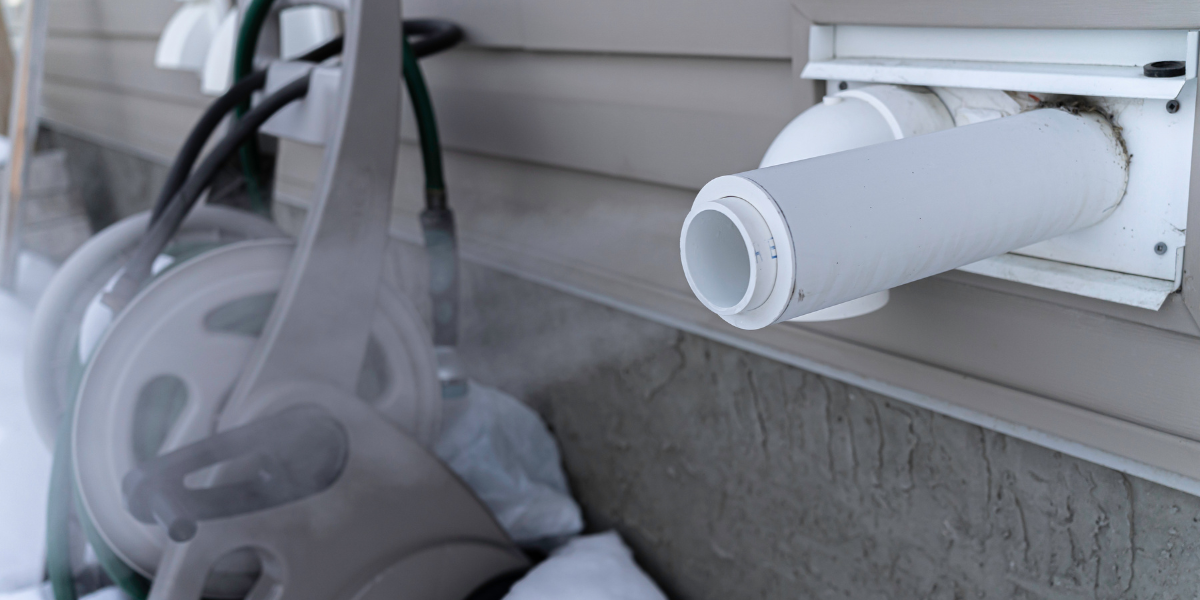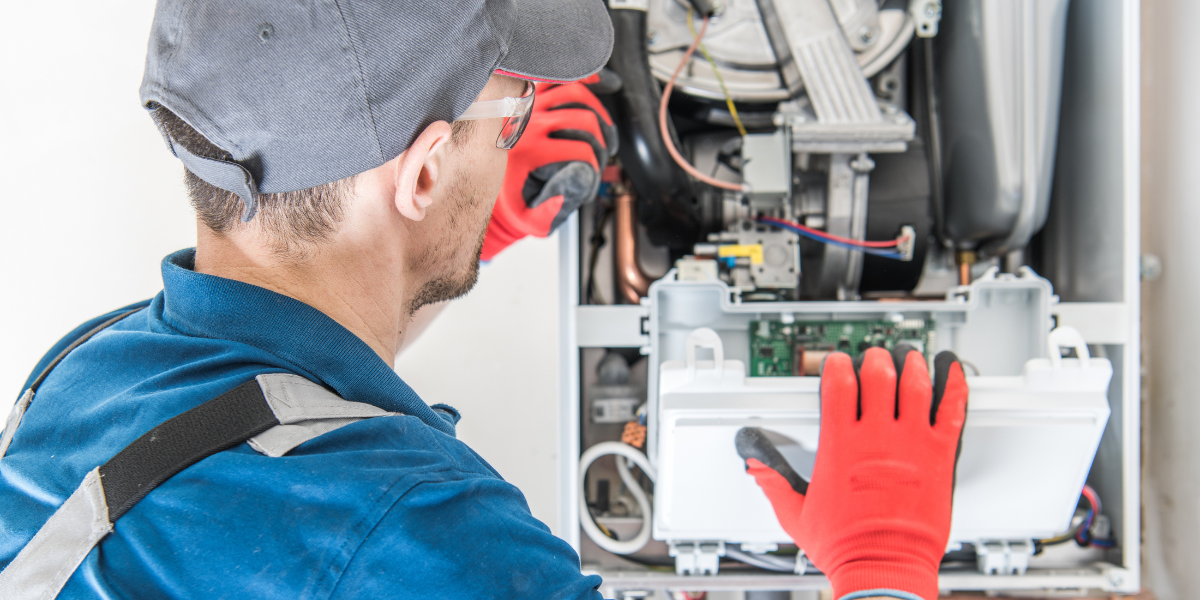Carbon monoxide (CO) poisoning is a serious and often deadly issue many people are not aware of. According to the CDC, “every year, at least 420 people die in the U.S. from accidental CO poisoning” and “more than 100,000 people in the U.S. visit the emergency department each year due to accidental CO poisoning.” Referred to as the “silent killer,” carbon monoxide is a colorless, odorless gas, so it is very difficult for people to detect on their own. That’s why, as a homeowner, it’s important to recognize the potential risks of carbon monoxide leaks and how to protect yourself and your family. This is where carbon monoxide detectors come in. Safeguard your family by learning how this life-saving device can save your family from this dangerous gas.
Need Help Choosing a New HVAC System? We’ve got the Guide for You!
What is Carbon Monoxide Poisoning?
Carbon monoxide poisoning occurs when a person inhales too much carbon monoxide gas. When this happens, it reduces the amount of oxygen red blood cells can carry to the body’s tissues and vital organs. Within minutes, this can cause serious harm to the exposed individual.
Identifying Sources of Carbon Monoxide
Common scenarios where excessive carbon monoxide exposure occurs include a gas stove burner left on, a blocked chimney, a car left running in a closed garage, or malfunctioning cooking appliances, boilers, or furnaces. That’s why it is important to have gas appliances professionally installed, vented, and inspected regularly to ensure they are functioning properly and not leaking carbon monoxide.
The Dangers of Carbon Monoxide Poisoning
The symptoms of carbon monoxide poisoning can vary based on exposure levels. Mild exposure can cause symptoms such as headache, nausea, and dizziness, while severe exposure can lead to loss of consciousness, seizures, or even death. In some cases, people may mistake these earlier symptoms for the flu or food poisoning and not seek medical attention. This can lead to worsened symptoms and a fatal outcome. Thus, it is critical to recognize the symptoms of carbon monoxide poisoning and act immediately if you suspect exposure.
If You Believe You Have Been Exposed to Carbon Monoxide:
1. Remove yourself and any other individuals from the area immediately.
2. Call 911 for emergency medical assistance.
Additional Resource: Poison Control Exposure Guide
Saving Your Life: The Importance of Having a Carbon Monoxide Detector
Because carbon monoxide is invisible to the human senses, a carbon monoxide detector is the best way to detect dangerous levels of carbon monoxide in your home. It will alert you to the gas before you or your family experience any symptoms. A detector should be placed on every level of your home, including basements and attics. It is also important to install detectors near any gas appliances or other potential sources of carbon monoxide. By having a detector, you have peace of mind knowing you and your family are protected from this harmful gas.
Tips for Choosing a Carbon Monoxide Detector
When choosing a carbon monoxide detector, it is important to select one that is certified by an independent testing laboratory such as UL. It is also recommended to choose a detector that has a battery backup in case of power outages. Make sure to test your detector regularly and replace batteries as needed.
Are You Staying Safe? Make Sure You’re Taking the Right Precautions
Carbon monoxide poisoning is a serious issue that can cause illness or even death without any warning signs. This means it’s vital for homeowners to recognize the risks and protect themselves and their families. By installing a carbon monoxide detector and following best practices, you can ensure you have the knowledge and tools to stay safe from this “silent killer.”
At ALL Temp Heating & Cooling, we offer professional installation, inspection, and maintenance services for HVAC systems. We’re dedicated to ensuring your systems are functioning correctly and efficiently, which helps prevent potential hazards such as carbon monoxide leaks.
Whether you’re looking to safely install a new HVAC system in your home, or you have questions or concerns regarding your current setup, ALL Temp Heating & Cooling is here to help. Contact us today and protect yourself and your family from the dangers of carbon monoxide.





